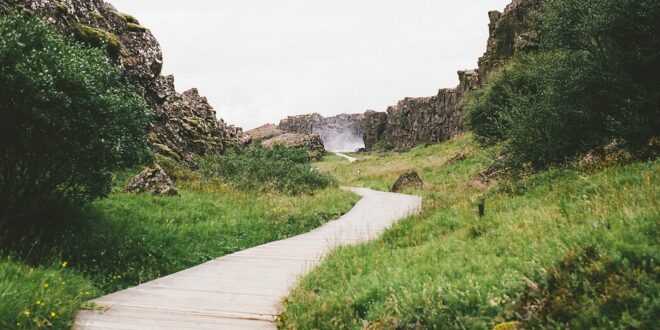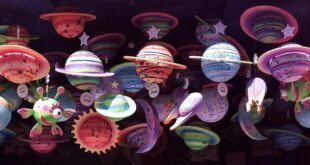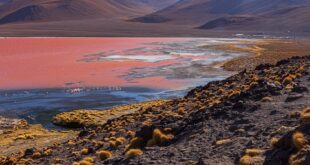The Wonders of Plate Tectonics: Top 10 Surprising Facts
Have you ever wondered how mountains are formed or why volcanic eruptions occur? It’s all thanks to plate tectonics – the geological phenomenon that explains the movement of the Earth’s crust. Let’s dive into the top 10 fun and fascinating facts about plate tectonics.
Fact #1: The Earth’s crust is broken into many pieces
The Earth’s outer layer, or crust, is divided into several plates that float on top of the Earth’s underlying mantle. There are seven major tectonic plates and dozens of minor plates. These plates move over time and cause earthquakes and volcanic eruptions.
Fact #2: Tectonic plates can create mountains
When two tectonic plates collide, the force causes the ground to push up, forming mountain ranges. The Himalayas, for example, are the result of the Indian and Eurasian plates colliding.
Fact #3: Plate tectonics caused the separation of continents
The continents were once connected in a single landmass called Pangaea. Over 200 million years ago, plate tectonics caused the supercontinent to break up and gradually move apart. Today, the continents continue to slowly move by only a few centimeters per year.
Fact #4: Volcanic eruptions result from plate tectonics
Volcanoes form where tectonic plates diverge or converge. As plates move apart or collide, magma rises to the surface, causing eruptions. The famous eruption of Mount St. Helens in 1980 was caused by the North American and Juan de Fuca Plates colliding.
Fact #5: Plate tectonics help form oceans
The mid-Atlantic ridge is a prime example of how plate tectonics create new oceanic crust. As two tectonic plates pull apart, magma rises from the mantle and creates a ridge. The magma cools and solidifies, forming new crust that pushes the existing seafloor away and creates a new ocean basin.
Fact #6: Solid rock can bend
The movement of tectonic plates puts enormous amounts of pressure on rocks in the Earth’s crust. However, even solid rock can bend under stress. This deformation can lead to earthquakes and the creation of faults in the Earth’s crust.
Fact #7: Plate tectonics affect the Earth’s climate
The formation of mountains by plate tectonics can affect the Earth’s climate. For example, the Himalayas are so tall that they block the warm air from the tropical oceans to push up against the cold arctic air. This causes the winter monsoons that bring snow to the Himalayas but leave other parts of Asia dry.
Fact #8: Plate tectonics created the Ring of Fire
The Ring of Fire is a geographic region surrounding the Pacific Ocean, known for its high level of volcanic activity and earthquakes. It’s named because it’s a “ring” of tectonic plate boundaries that make up an intense region of geological instability.
Fact #9: Magnetic reversals help scientists study plate tectonics
Over millions of years, the Earth’s magnetic field has reversed several times. Geologists can study ancient rocks and use their magnetic minerals to precisely chart the location of the magnetic poles throughout history. This information helps scientists understand how tectonic plates have moved over time.
Fact #10: Plate tectonics continue to shape our world
The theory of plate tectonics has completely changed the way we think about the Earth’s geology. It explains not only the formation of mountains and volcanoes but also the separation of continents and the creation of new seas. Plate tectonics continue to change our world and it’s only through ongoing examination and understanding that we’re truly able to evolve with the changes of our planet.
Closing Thoughts
The world above ground may look stable and solid, but this is just a façade. Plate tectonics operate beneath the surface, constantly shaping and changing the Earth’s appearance. While much remains to be learned about these powerful forces, one thing is certain: understanding how the Earth’s crust moves is fundamental to understanding the planet we live on.
 Mind Uncharted Explore. Discover. Learn.
Mind Uncharted Explore. Discover. Learn.




